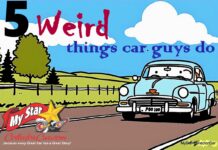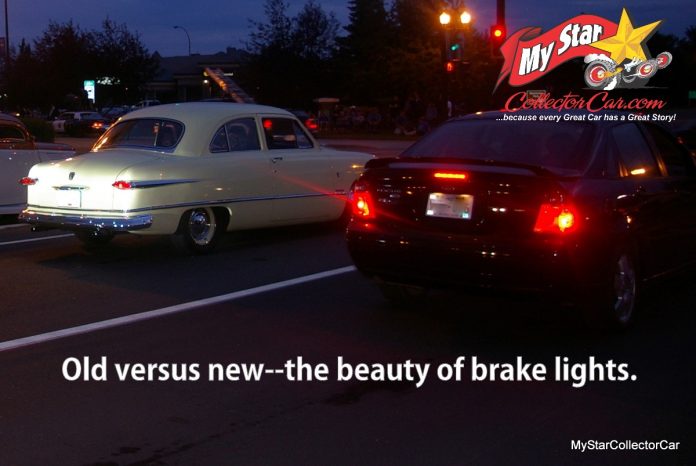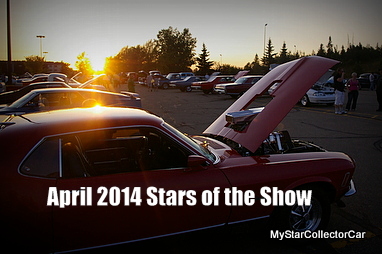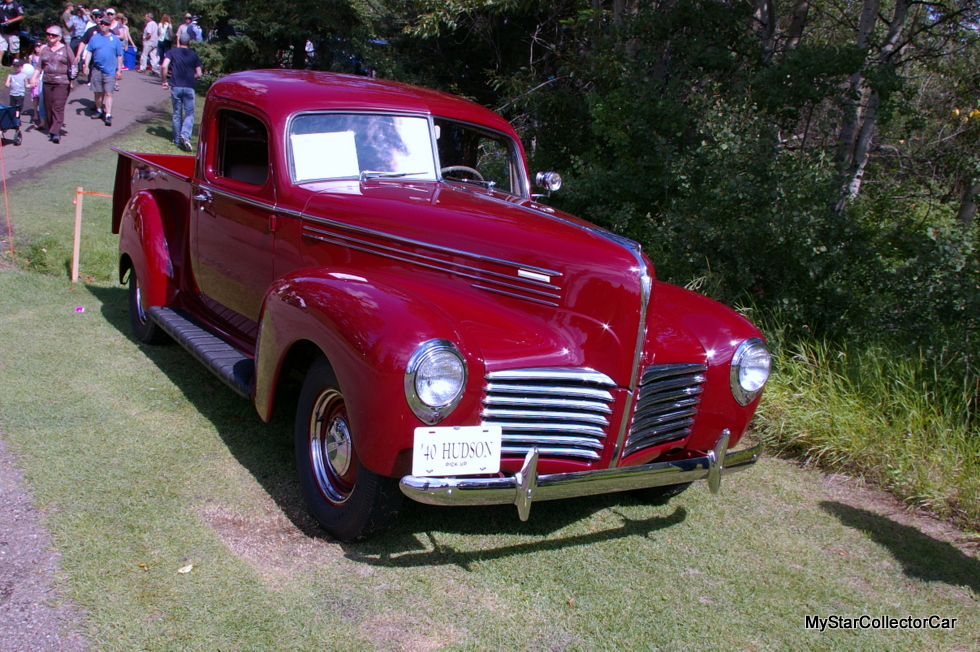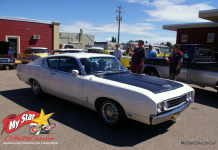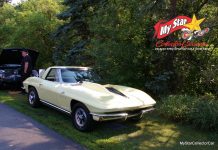NASCAR events on conventional racetracks means plenty of speed, fewer curves, and decals instead of actual brake lights.
A late season race in the Cup series involved a pit lane collision in which one driver plowed into another driver’s car because a brake light decal is not an effective way for the first guy to indicate he hit the binders when he came to his designated pit area.
Jim Sutherland
In short, drivers need the visual cues of a brake light on the car ahead of us so we get an indication the vehicle is slowing down and we can take appropriate action. No driver is equipped with the ESP option, so we need to rely upon a simple brake light system to react to other drivers when they stop-suddenly or otherwise.
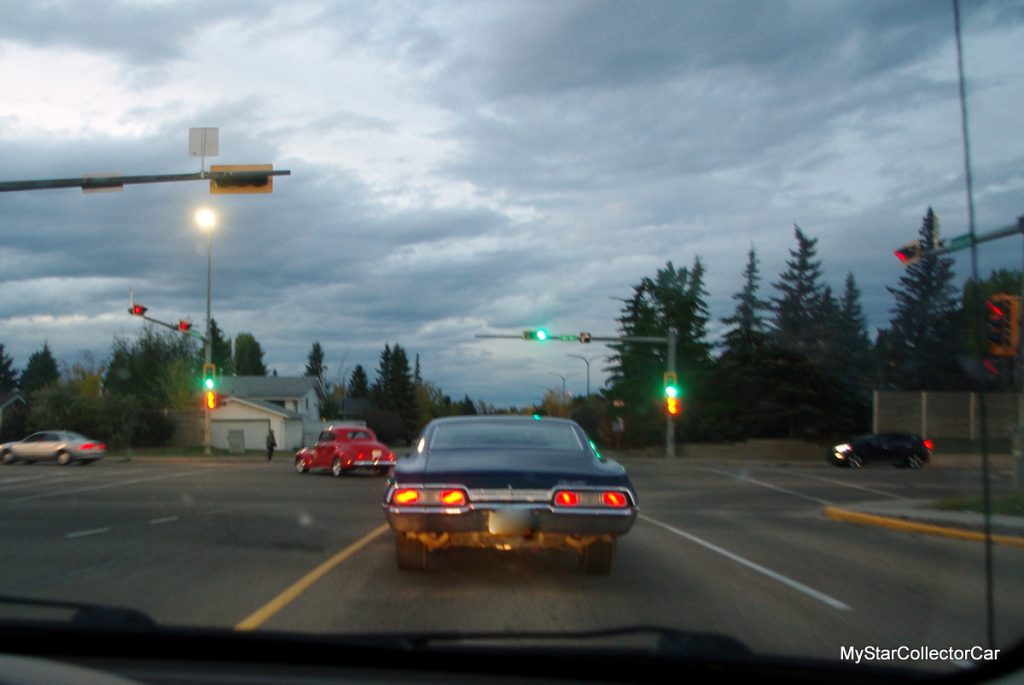
Non-professional drivers on busy roadways need a solid brake light system on cars even more than pro drivers on a track, mainly because average drivers do not have the necessary skills, experience, and reflexes to react to a decal instead of a rear brake illumination system. Even the pros occasionally have trouble in this department in events like the aforementioned NASCAR race.
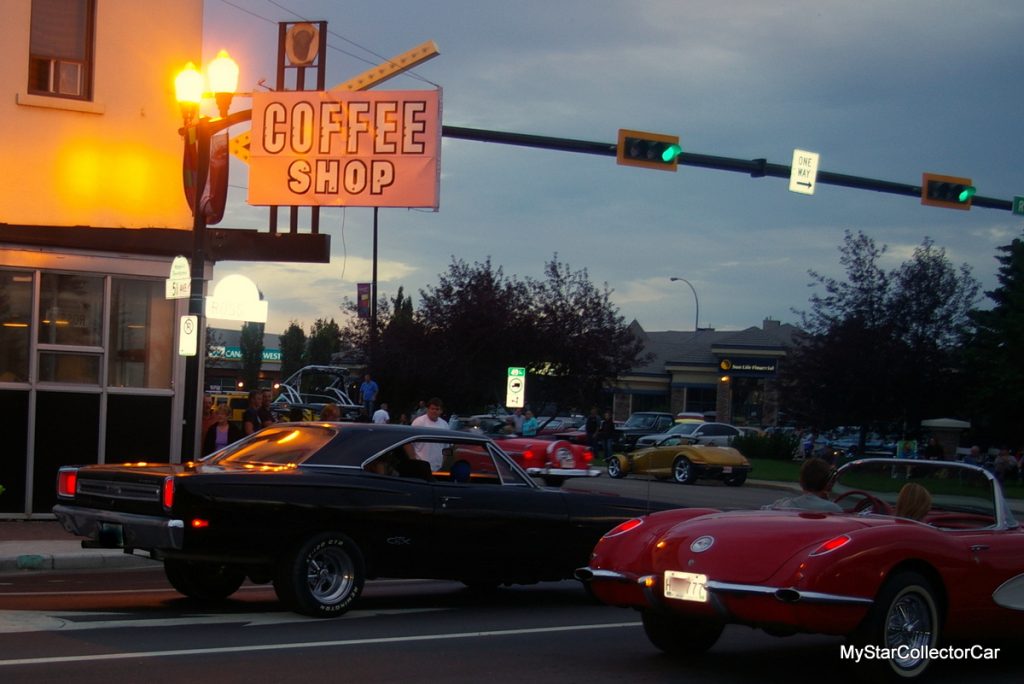
Automotive history indicates brake lights first appeared on the aft section of cars in 1905, but the movement did not really catch fire until 1928 when lawmakers in 11 states made brake lights mandatory on vehicles, presumably because people could not afford to have a litigation lawyer ride shotgun on every trip.
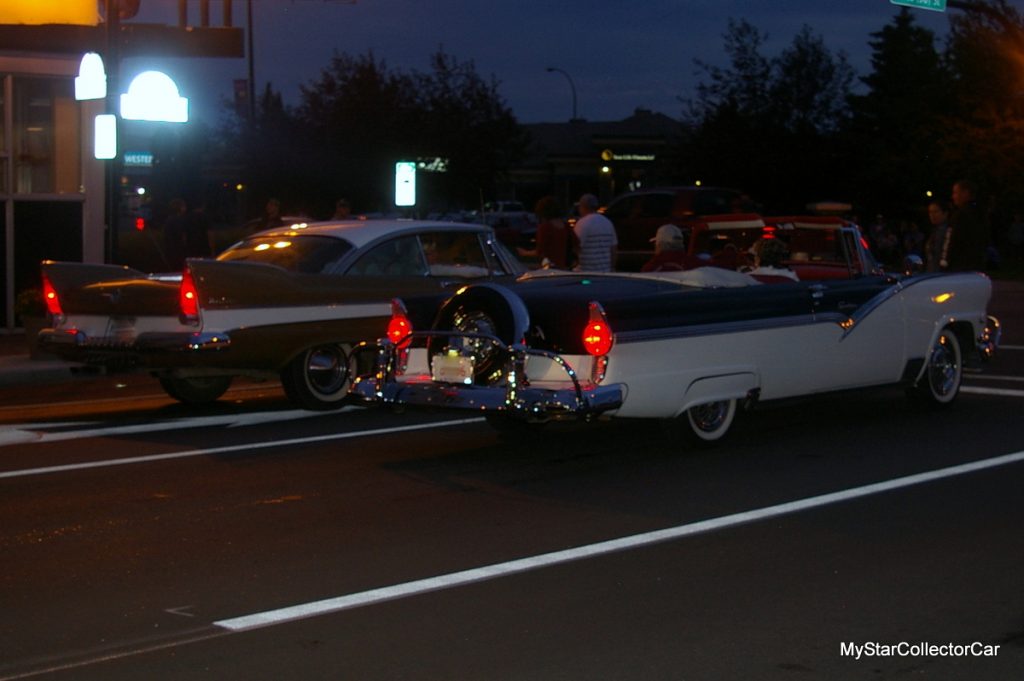
Eventually every domestic car came equipped with a brake light system that was initiated by a pressure switch and alerted other drivers about the front driver’s intentions to slow down for small animals or large immovable objects. The dawn of the brake light lobbed the responsibility ball back into the court of other drivers because they had to use the information to avoid a rear-end collision.
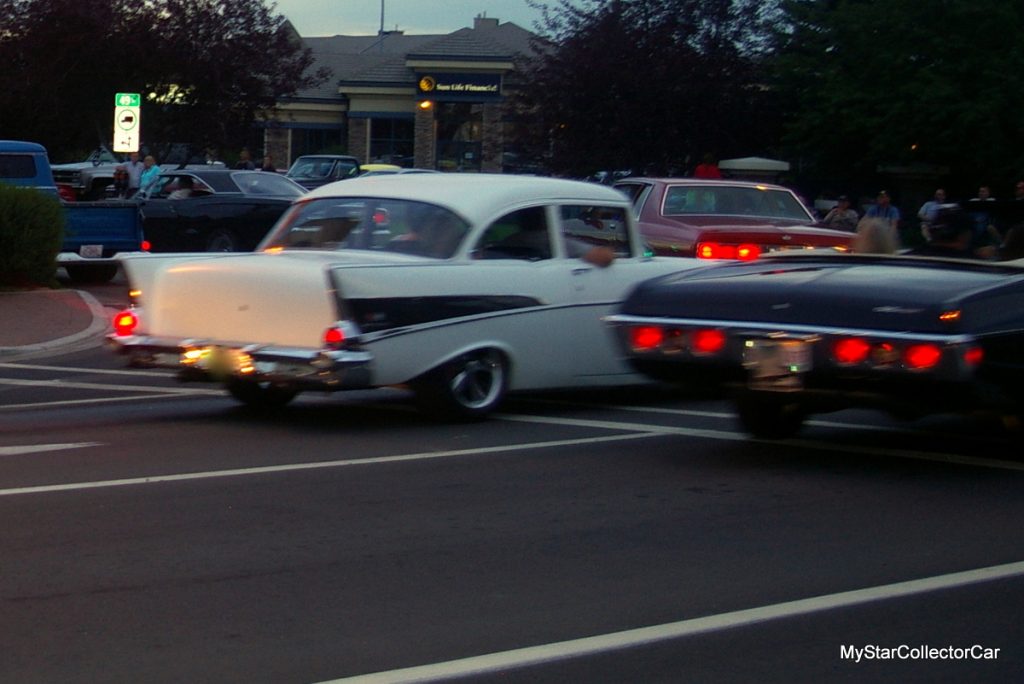
The biggest issue? Whether or not the driver was smart enough or observant enough to spot an activated brake light and react accordingly to the situation. Most of these questions are answered in the lawsuit when a car gets rear-ended in a collision.

Older cars on the road may be a new experience for 21st century drivers because they may be tuned into a different reality with modern taillight systems. The biggest difference is the visibility of modern light systems because most are mounted high in the center of the vehicle’s back end and are highly visible to other drivers behind them.
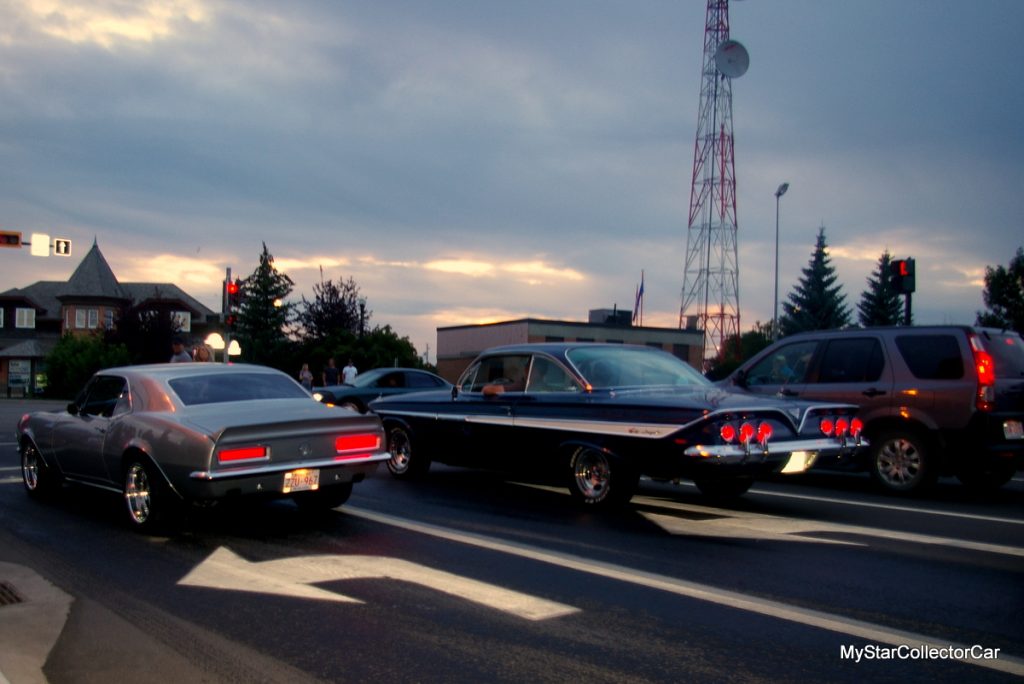
Modern brake lights have an LED system and are much brighter than factory lights on older vehicles, plus they include a high-mounted center brake light, unlike domestic cars built before 1986. The net result is most drivers are accustomed to a center brake light and may even unconsciously expect to see one on the vehicle in front of them. This point will be decided by a civil court judge and a good lawsuit lawyer.
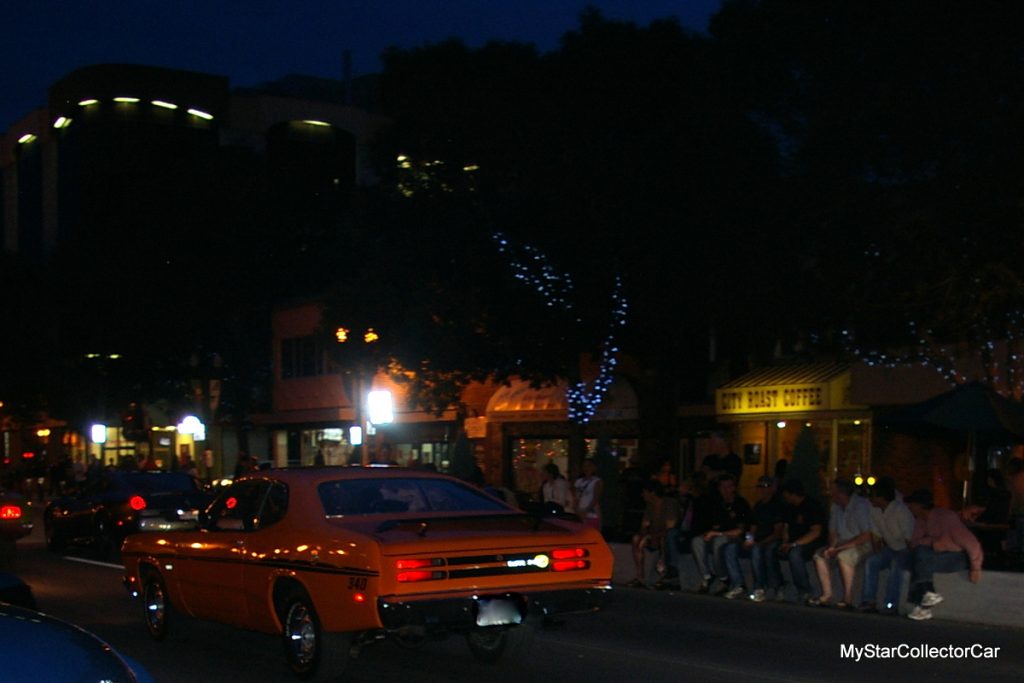
The good news is there are plenty of ways vintage vehicle owners can increase their ride’s visibility on modern road systems because the aftermarket offers plenty of solutions that range from LED lights to high-mounted center brake lights.
Plus they are much cheaper than a good lawyer.
Jim Sutherland





